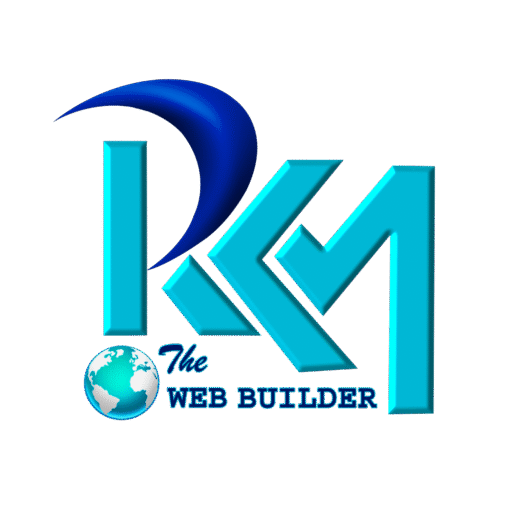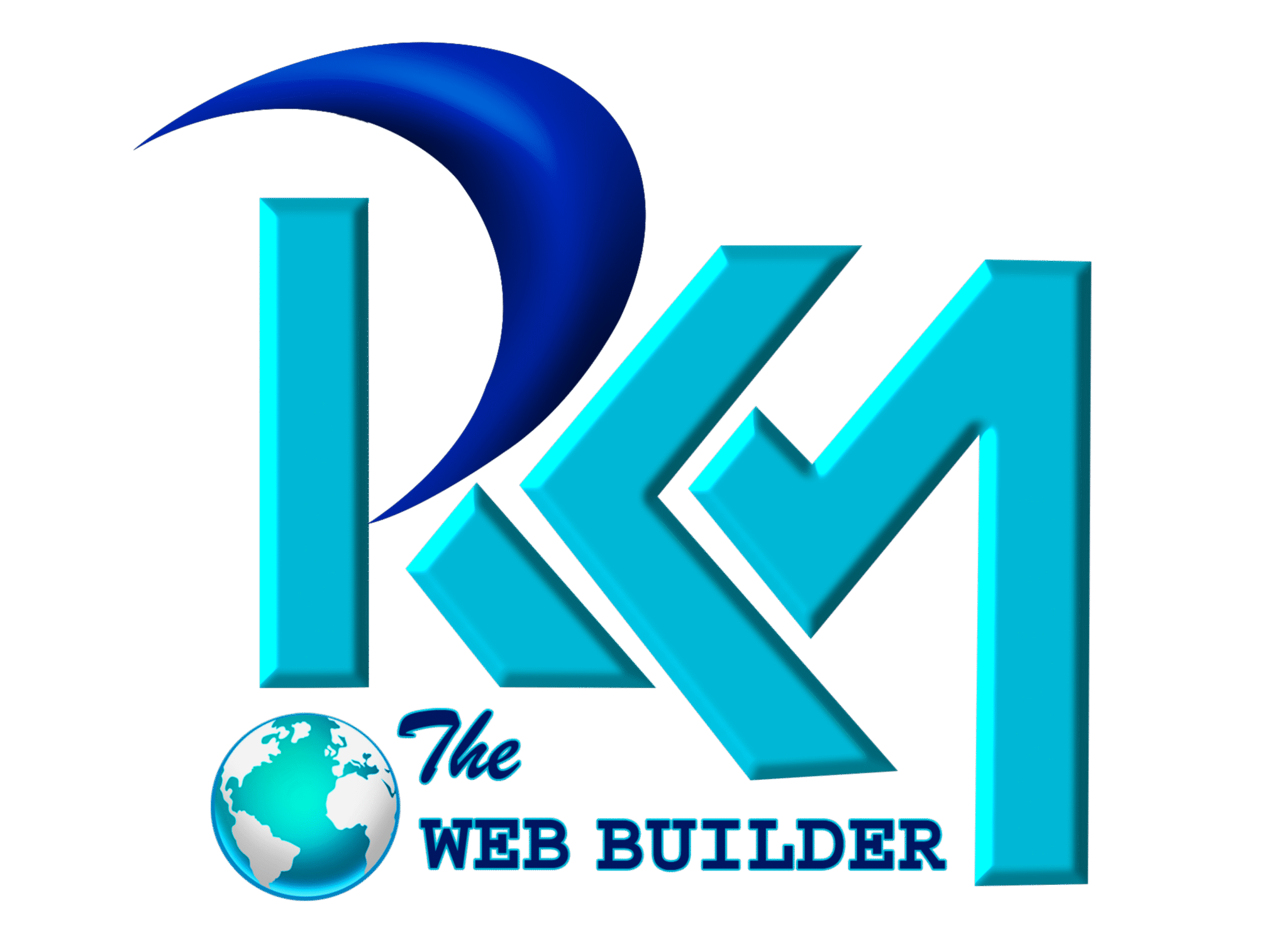What is facebook Marketing ?
What is Facebook marketing?
Facebook marketing is the act of promoting a business or brand and its products/services via a Facebook business Page. By fully optimizing these business Pages, brands create a second website of sorts, where you can advertise and sell products and services directly to your target audience. Facebook’s ad platform enables you to go beyond organic promotion, creating paid posts in various post types (i.e., photos, carousels, videos, links) to maximize engagement.
Thus, with a well-planned strategy, you can use Facebook to support the full customer experience from awareness to purchase and loyalty.
Benefits of Facebook marketing for your business
There are several reasons to include Facebook in your social media marketing strategy. This includes enhancing brand awareness, increasing customer engagement and reaching new audiences. Facebook has the potential for significant brand amplification and Facebook ROI with over 62% of U.S. social commerce buyers using it regularly.
Not convinced? Here’s a breakdown of our top five picks for why Facebook marketing must be on your radar when planning your marketing strategy.
Improve your brand’s visibility
While 72% of Facebook users are primarily on the site to keep up with friends and family, a sizable number visit it for customer service, entertainment and to follow brands. This means you can present your brand to visitors whose motivations range from idle curiosity to active engagement, which includes purchases. The average conversion rate on Facebook for sales is 8.25% across industries.
Create more engaging content
Facebook offers ongoing opportunities to engage your target audience. What’s considered “engaging” depends largely on your industry and the type of business you run.
For example, retailers can use Carousels or Stories to show off a new product line or UGC. B2B brands and service providers might publish video testimonials. A food brand might poll followers about a new flavor.
From images and interactive content to videos and beyond, there’s no one-size-fits-all approach for how to market on Facebook with content.
Beyond organic posts, Facebook supports ad content in four formats: images, video, carousel and collections. This gives you four ways to use captivating visuals to engage prospective customers.
Appeal to your target audience
Facebook analytics provides a wealth of data about your performance and audience preferences. Use this to tailor your content to meet your audience’s needs and wants, increasing your engagement and improving your brand experience. Facebook ads also contain sophisticated tools for market segmentation, including:
- Geographic: Choose a specific region or define it by population density.
- Demographic: Select age, gender, marital status, family status and occupation.
- Behavioral: Define groups by brand loyalty or user status (from non-users to regular users).
- Income: Select from lower, middle or upper class.
- Lifestyle: Segment by interests, according to keywords used in searches.
- Interests: Choose interests that intersect with the common pursuits of your chosen group
Selecting your target audience using these parameters when creating an ad campaign ensures you get the best return on ad spend (ROAS).
Incorporate ecommerce directly
Create online stores directly within the platform and make them visible on Instagram to reach more audiences.
You’ll need business accounts on both sites to do so but the set-up process is relatively straightforward.
Once you’ve created your accounts, refine your online catalog to target new and returning customers like State Bicycle Company, with over 400,000 followers, does when promoting its wide range of single-speed city bikes.

The community vibe associated with Facebook means the brand can create a Page that effectively blends news, articles, offers and competitions.
Easily measure your results
Facebook provides one of the best suites of social media analytics. We’ve produced a comprehensive guide to Facebook analytics, so here we’ll outline just the basics.
Facebook offers metrics on likes, comments, shares, Page views and other key performance indicators (KPIs). Track each customer’s journey to your Page to learn what strategies are proving most effective. Use Facebook’s analytics suite to further understand:
- Reach: See the number of people who saw and engaged with your posts, including negative interactions, such as hiding or reporting posts for offensive content.
- Engagement: Engaged users are those who clicked anywhere in your post and those who created a Story about your Page post. Monitoring your Facebook engagement keeps a pulse on your Page’s growth.
- Likes: The number of likes tells you if your content resonates with your audience. Check what’s consistent about the posts that get the highest/lowest likes and you’ll likely find a pattern.
- Video stats: Check out how users interact with your video content, including how long your content was viewed.
- E-commerce: Facebook provides insights and analytics through its Meta Page Insights tool and Meta Ads Manager for metrics on post engagements and reach. You can also view metrics on ad click-through rates and conversion rates, which are crucial Facebook KPIs for businesses. For more detailed e-commerce data like sales performance metrics, product views and customer demographics, you may need additional tools.
If you’re using Facebook to drive off-platform performance, Facebook Pixel lets you track user interactions and conversions beyond the platform and onto your website.
How to use Facebook marketing
To put your Facebook marketing into action, you’ll need a business Page and a Facebook ad account.
The first gives you a public-facing location, forming the focus of all your activities. Here’s ours:

A Facebook Ad Account via Meta Ads Manager allows you to create and position campaigns to raise awareness of your brand and convert prospects to customers across Facebook and Instagram.
Let’s take the process step-by-step.
Create a Facebook Business Page
To reap the benefits of your Facebook marketing efforts, you’ll need a fully fleshed out Facebook Business Page. Your Page represents your brand and first impressions can go a long way, especially in a digital terrain where everyone’s vying for your target audience’s attention. More importantly, your Facebook Page is also a medium to provide your customers with important information and address their queries. So let’s get into the details of how you can develop an efficient Facebook Page for maximum impact.
Step 1: Create a new, dedicated Page
On your main Facebook profile, click on “Pages” and “Create New Page” to generate your business Page. Give it a name and category, indicating the sector relevant to your brand. The name should match your brand or business name.
Step 2: Add biographical information
The optional “bio” section is where you’ll describe your business, what it offers and what makes it unique. When you’re finished, click “Create Page.”
Step 3: Provide business details
You want customers to be able to contact you, so here’s where you provide that information.
Step 4: Design your Page’s look
Here’s where you make your Page truly eye-catching. There are two main visuals to consider: the cover image that runs across the top of your Page and the circular profile image that sits on top.
Ensure your image choice aligns with your brand style book and visual strategy. Some brands lead with a founder or CEO photo for their profile picture, while others opt for their logo. Use whatever fits best with your brand’s visual identity.
Optional extras include action buttons like “Book now” or “View shop,” and various other options for direct messaging (including Facebook messages, WhatsApp messages and email.)
Create a Facebook Ad Account
Once your Facebook Page is up and running, you’ll need to create an ad account. You do this from your Meta Business Suite (formerly Facebook Business Manager) dashboard. If you don’t have a Business Manager account, don’t worry, we’ve created a comprehensive guide to Facebook Business Manager too.
Note that you can only complete the following steps if you are a page administrator, or have been assigned an admin, editor or advertiser Page role by an existing Page administrator.
From your Meta Business Suite dashboard, here are the steps to set up an ad account:
Step 1: Link your new Page
Under “Pages” click on “Add page” and your Page will be visible from the Business Manager.
Step 2: Create a new ad account
Under “Ad accounts” click on “Create Ad Account” (or “Add Ad Account” if you already have at least one account you’re using).
There’s a limit set by Facebook on the number of ad accounts a business may hold, which increases with advertising spend. You can check your ad account limit in Business Manager.
Step 3: Name the new account
Give your new ad account a name and complete the time zone, currency and payment method details. Select the Business Page you added earlier to link it to the new ad account.


